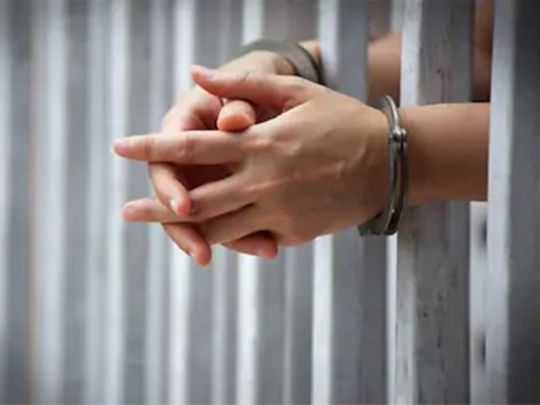
Arkansas: One in every five state and federal prisoners in the United States has tested positive for the coronavirus, a rate more than four times higher than the general population. In some states, more than half of prisoners have been infected, according to data collected by The Associated Press and The Marshall Project.
As the pandemic enters its 10th month - and as the first Americans begin to receive a long-awaited COVID-19 vaccine - at least 275,000 prisoners have been infected, more than 1,700 have died and the spread of the virus behind bars shows no sign of slowing. New cases in prisons this week reached their highest level since testing began in the spring, far outstripping previous peaks in April and August.
“That number is a vast undercount,” said Homer Venters, the former chief medical officer at New York’s Rikers Island jail complex.
Venters has conducted more than a dozen court-ordered COVID-19 prison inspections around the country. “I still encounter prisons and jails where, when people get sick, not only are they not tested but they don’t receive care. So they get much sicker than need be,” he said.
Now the rollout of vaccines poses difficult decisions for politicians and policymakers. As the virus spreads largely unchecked behind bars, prisoners can’t social distance and are dependent on the state for their safety and well-being.
Donte Westmoreland, 26, was recently released from Lansing Correctional Facility in Kansas, where he caught the virus while serving time on a marijuana charge. Some 5,100 prisoners have become infected in Kansas prisons, the third-highest COVID-19 rate in the country, behind only South Dakota and Arkansas.
“It was like I was sentenced to death,” Westmoreland said.
Westmoreland lived with more than 100 virus-infected men in an open dorm, where he woke up regularly to find men sick on the floor, unable to get up on their own, he said.
“People are actually dying in front of me off of this virus,” he said. “It’s the scariest sight.” Westmoreland said he sweated it out, shivering in his bunk until, six weeks later, he finally recovered.
Overall population
Half of the prisoners in Kansas have been infected with COVID-19 - eight times the rate of cases among the state’s overall population. Eleven prisoners have died, including five at the prison where Westmoreland was held. Of the three prison employees who have died in Kansas, two worked at Lansing Correctional Facility.
In Arkansas, where more than 9,700 prisoners have tested positive and 50 have died, four of every seven have had the virus, the second-highest prison infection rate in the U.S.
Nearly every prison system in the country has seen infection rates significantly higher than the communities around them. In facilities run by the federal Bureau of Prisons, one of every five prisoners has had coronavirus. Twenty-four state prison systems have had even higher rates.
Prison workers have also been disproportionately affected. In North Dakota, four of every five prison staff has gotten coronavirus. Nationwide, it’s one in five.
Not all states release how many prisoners they’ve tested, but states that test prisoners broadly and regularly may appear to have higher case rates than states that don’t.
Infection rates as of Tuesday were calculated by the AP and The Marshall Project, a nonprofit news organization covering the criminal justice system, based on data collected weekly in prisons since March. Infection and mortality rates may be even higher, since nearly every prison system has significantly fewer prisoners today than when the pandemic began, so rates represent a conservative estimate based on the largest known population.








